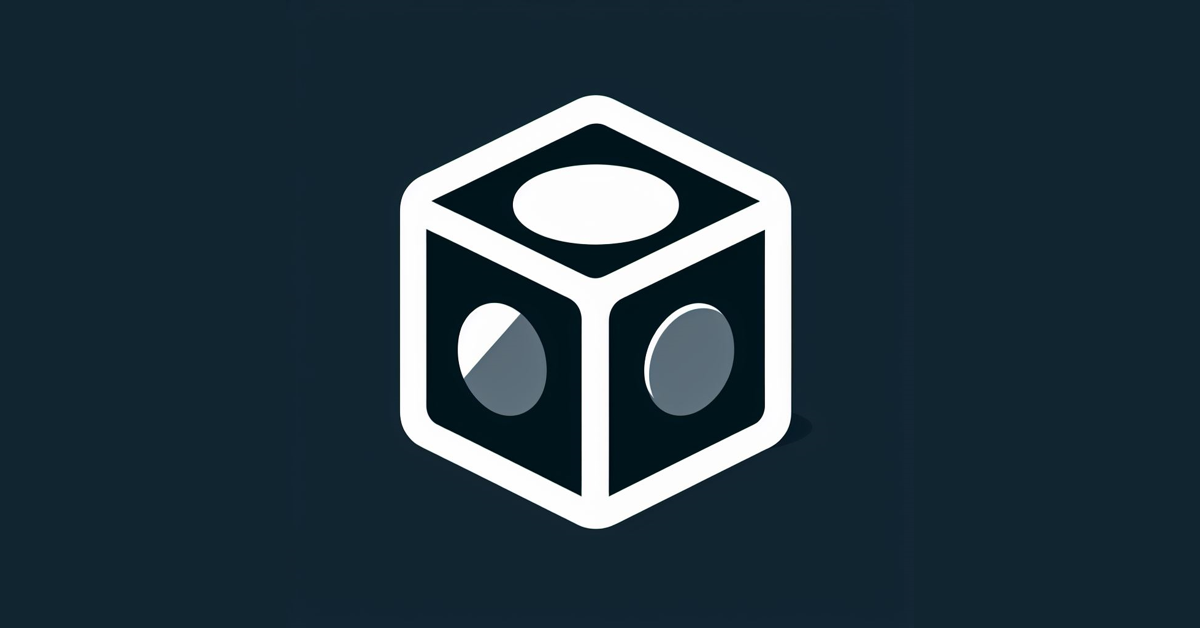Object-Oriented Programming (OOP) stands out as a powerhouse methodology, widely embraced for its ability to organise code like building blocks. Objects, representing real-world entities, bundle data and actions together, making programs easier to understand and reuse. OOP’s significance in modern software development is undeniable, as it fosters cleaner, more scalable codebases across various programming languages like Java, C#, Python, and C++. This approach enhances developer productivity and facilitates the creation of robust, adaptable software solutions, making it a cornerstone of contemporary programming practices.
🤡
Why did the programmer quit his job?
Because he didn’t get arrays.
Understanding the Core Principles of OOP
Encapsulation
Encapsulation means keeping data safe inside a box (class) and only letting other code interact with it through specific doors (methods). This helps keep data organised, secure, and easy to manage.
class Car {
private string make;
private string model;
public Car(string make, string model) {
this.make = make;
this.model = model;
}
public void StartEngine() {
// Code to start the engine
}
public void StopEngine() {
// Code to stop the engine
}
public string GetMake() {
return make;
}
}Example Usage
Car myCar = new Car("Toyota", "Camry");
Console.WriteLine(myCar.GetMake()); // Output: ToyotaInheritance
Inheritance is like passing down traits from parents to children. It lets new classes (children) use the abilities and properties of existing classes (parents), saving time and keeping code tidy.
class Animal {
public virtual void Speak() {
Console.WriteLine("Animal speaks");
}
}
class Dog : Animal {
public override void Speak() {
Console.WriteLine("Woof!");
}
}
class Cat : Animal {
public override void Speak() {
Console.WriteLine("Meow!");
}
}
Example Usage
Animal dog = new Dog();
Animal cat = new Cat();
dog.Speak(); // Output: Woof!
cat.Speak(); // Output: Meow!Polymorphism
Polymorphism means one thing can take many forms. In coding, it lets us use the same function or method with different kinds of objects, making code more flexible and adaptable.
class Shape {
public virtual double Area() {
return 0;
}
}
class Circle : Shape {
private double radius;
public Circle(double radius) {
this.radius = radius;
}
public override double Area() {
return Math.PI * radius * radius;
}
}
class Rectangle : Shape {
private double width;
private double height;
public Rectangle(double width, double height) {
this.width = width;
this.height = height;
}
public override double Area() {
return width * height;
}
}Example Usage
Shape circle = new Circle(5);
Shape rectangle = new Rectangle(4, 6);
Console.WriteLine("Area: " + shape.Area()); // Output: Area: 78.53981633974483
Console.WriteLine("Area: " + shape.Area()); // Output: Area: 24The Building Blocks of OOP
Classes and Objects
In OOP, a class is like a blueprint for creating objects. Think of a class as a template that describes what an object will look like and what it can do. When you create an object from a class, you’re making a real thing based on that blueprint.
- Classes: Blueprints for objects. They define what an object will be like.
- Objects: Actual instances based on those blueprints.
Attributes and Methods
Attributes are like characteristics or properties of an object, while methods are the things it can do.
- Attributes: These are the features or properties of an object. For example, a car object might have attributes like color, model, and year.
- Methods: These are the actions or behaviors that an object can perform. For example, a car object might have methods like
start_engine()oraccelerate(speed).
Real-World Applications of OOP
Software Development
- User Interfaces: OOP helps build interfaces by treating UI elements like buttons and windows as objects with their own properties and functions.
- Databases: OOP organises database data into objects, making it easier to work with data and perform actions like storing and retrieving information.
- Complex Systems: OOP simplifies the management of large software projects by organising related functions into classes, making them easier to understand and maintain.
Game Development
- Game Entities: OOP represents game elements like characters and items as objects, each with its own behaviors and attributes.
- Behaviors: OOP allows for different behaviors in games by letting objects inherit from shared classes and override specific functions.
- Game States: OOP manages game flow by representing different game states (like menus and levels) as objects with their own functions for transitioning between them.
Web Development
- Frameworks and Libraries: OOP structures web development tools like Django and Ruby on Rails into reusable components, making it easier to build and scale web applications.
- Code Organisation: OOP organises web code into classes and modules, making it easier to manage and extend.
- Modularity and Scalability: OOP enables developers to create modular and scalable web applications by hiding complexity and focusing on building reusable components.
Advantages and Challenges of OOP
Advantages
- Code Reusability: OOP lets you build pieces of code you can use over and over, saving time and effort.
- Modularity: It helps organise code into neat sections, making it easier to read, fix, and test.
- Maintainability: Changes can be made to one part of the code without affecting the rest, making it easier to update and manage.
- Scalability: OOP adapts well to growing projects, allowing you to add new features without breaking existing ones.
Challenges
- Learning Curve: OOP concepts can be tricky for beginners, requiring time and practice to understand.
- Performance Concerns: Sometimes, OOP can slow things down due to its structure, especially in resource-limited situations.
- Complexity: Managing big chains of connected classes can get messy, making it harder to understand and change code.
Best Practices for OOP
Abstraction
Think of abstraction like using a TV remote. You don’t need to know how it works internally; you just press the buttons to change channels. Similarly, in coding, focus on what your objects do, not how they do it.
Modularity
Imagine building a big LEGO structure. You wouldn’t start with all the pieces at once; you’d build it in smaller, manageable parts. In coding, break down big tasks into smaller, understandable parts. Each part should do one thing well.
Design Patterns
Think of design patterns like recipes for common coding problems. For example, the Singleton pattern is like making sure you only have one chef in the kitchen at a time. The Factory pattern is like ordering a burger at a restaurant without knowing how it’s made. And the Observer pattern is like subscribing to a newsletter—you get updates without having to check constantly.



